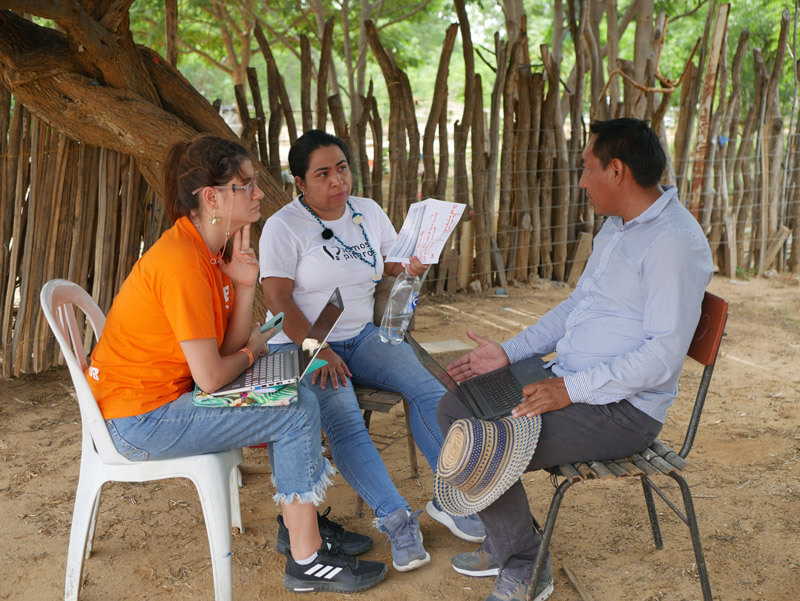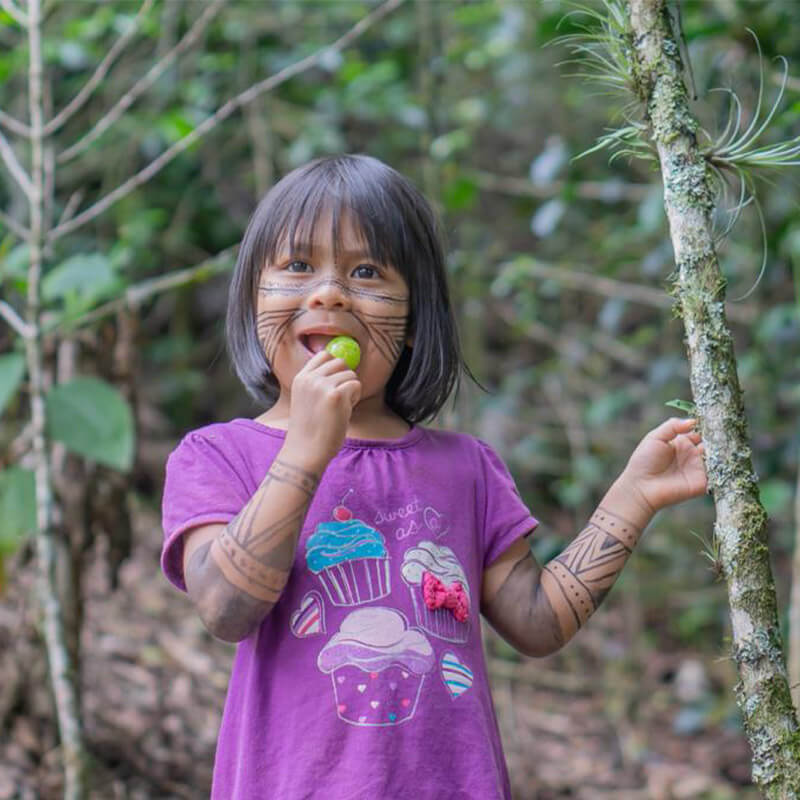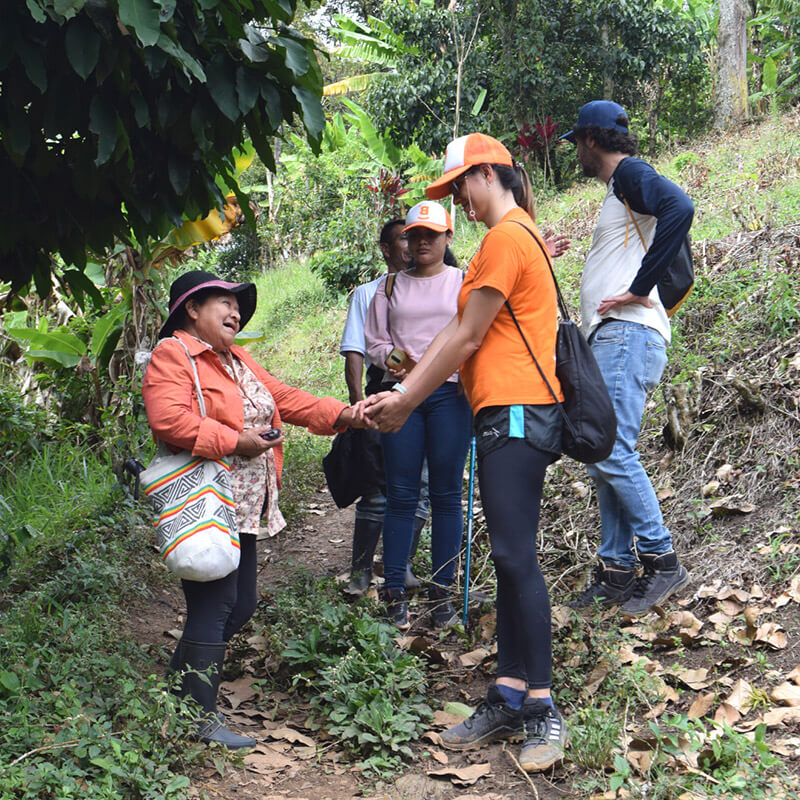
For dignified community financial inclusion for sustainable development
We support a solidarity economy model that makes education and sustainable financial products available to rural populations. In this process we articulate technology to educate, manage and measure the operation and impact, keeping stakeholders informed.

Credimpacto's Main Lines of Action
Credimpacto adapts to the needs of the communities and works according to the context of each one based on the following axes:
Community Training
Training programs in different modalities with the support of digital tools within the reach of rural areas. We offer three training programs that enhance leadership skills in being for doing:
- Financial education: Finance in being for doing
- ustainable business model: Credimpacto Entrepreneurial leaders
- Formalization of enterprises and commercialization of products and services


Savings and Loans Group
Implementation of the methodology for the voluntary formation of the ACAP (Community Savings and Loan Association) for a minimum cycle of 9 months, where consumables for the operation (cell phone, passbooks, savings bank, capsules) are delivered and support is provided for three months for stabilization.
Community Revolving Fund
Implementation of the Credimpacto revolving fund for the ACAPs, which allows the community to access in-kind loans to meet the needs of the community or triple-impact projects.


Formalization of entrepreneurships and commercialization of products and services
Participants receive guidance on the necessary requirements to formalize their entrepreneurships and thus be able to establish commercial relationships with larger market players. In addition, we support entrepreneurs in the commercialization of their products and services through our impact network.
Impact Measurement
Through the use of technological tools appropriate for the rural context, we collect information for the measurement, management and solution of the impact in order to have reliable and timely information for the community, partners and sponsors.



What We Work For
In Colombia, the financial inclusion gap between urban and rural areas is 41.4%, with rural communities having the greatest difficulty in accessing financial products and services; only 5 out of every 10 people can access the formal financial system.
In addition, we face the following challenges in rural areas:

Our Dream
We are in the process of collecting information and data in the communities for the technological development and automation of the solution. This will facilitate access to education and financial inclusion with low-cost technology, which will allow us to reach more communities in rural contexts.
We seek to reduce the financial inclusion gap with this sustainable solidarity economy mechanism with different actors, including and involving remote communities. We want to take our solution to more rural communities, to the 87 indigenous ethnic groups in Colombia and replicate this model in other countries.
What We Want
We are looking for organizations that are interested in contributing to the sustainable development of rural communities through financial inclusion. The way you can participate is:
Sponsor
Financing training programs (financial education, business, formalization) available to the communities.
Ally
Working with rural communities interested in the model with shared resources for financing.
Impact Investor
Contributing economic resources for the growth of the revolving fund used to grant microcredits and seed capital to the communities.
Supplier
Being part of the network of suppliers with fair prices to supply ACAPS
Buyers
By purchasing the products or making use of the services of the entrepreneurs in the communities we work with.
Allies



